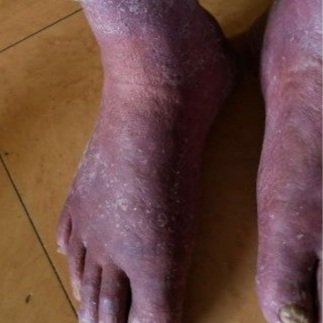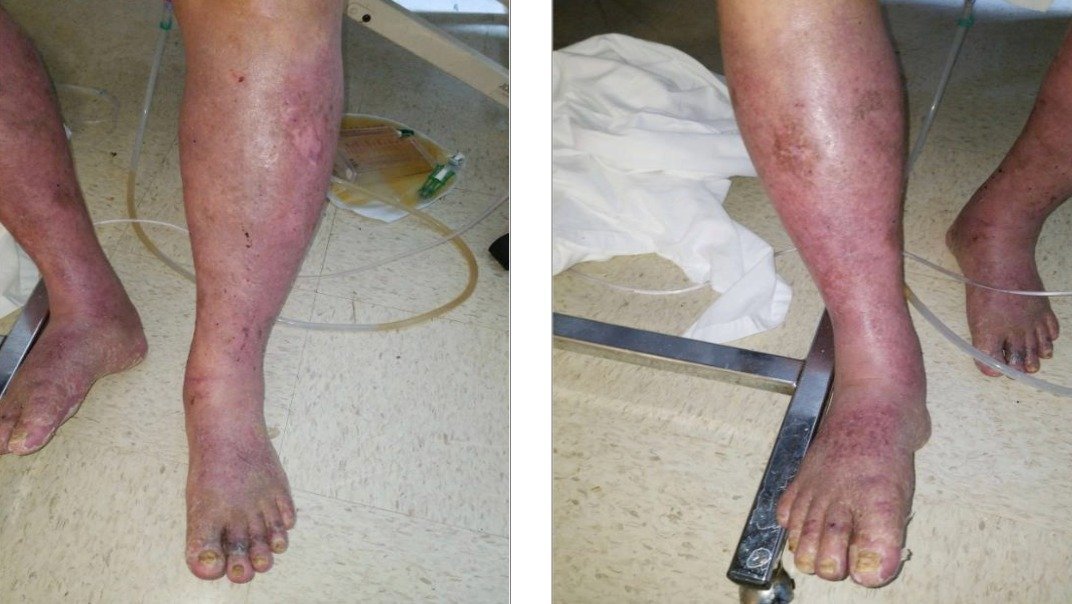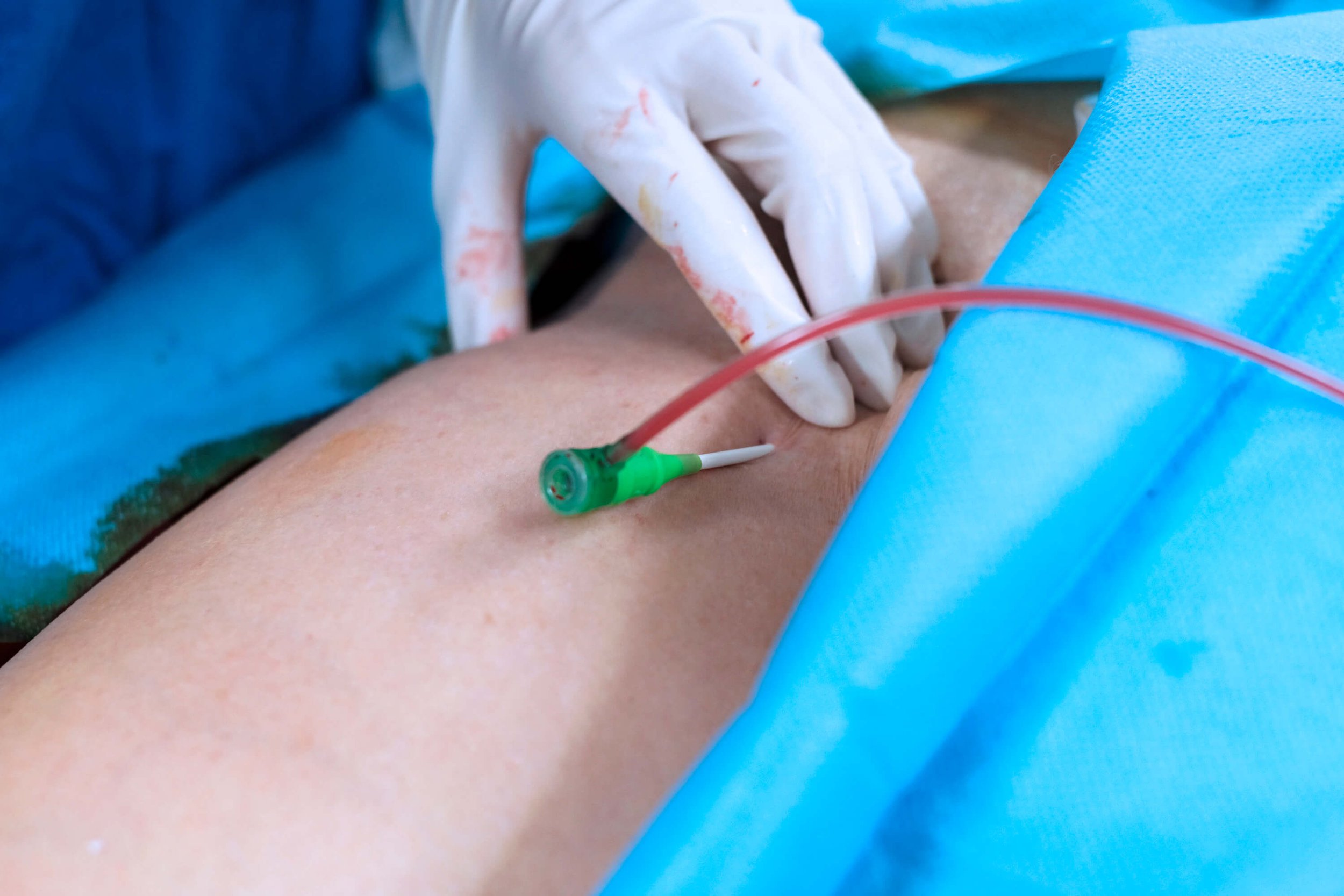
Blocked Artery Treatment
What is angioplasty?
A minimally invasive procedure used to open narrowed or blocked arteries as a result of peripheral artery disease. As a result, blood will be able to flow much easier, saving you from amputation. It’s more beneficial for patients rather than open surgery because recovery times are shorter, allowing you to return to normal activities faster.
What happens before the procedure?
Patients undergo a thorough evaluation including blood tests and imaging studies to find the location of the blockages.
You will then receive medicine to help you relax while remaining awake but sleepy. You may also get blood-thinning medicine to prevent clots. The vascular surgeon will inject numbing medicine for local anesthesia, so you won’t feel pain.
What happens during angioplasty?
After administering a local anesthetic, the doctor will make a tiny incision in the patient’s skin and then insert a catheter.
Through this catheter, dye will be released to create X-rays of the area that the doctor is working on.
When a blockage is found, the physician will use an angioplasty balloon at the end of the catheter to expand it in order to push aside any fatty deposits that are blocking blood flow.
As soon as the openings are unblocked, a stent may be inserted to hold them open and improve circulation.

How long does the procedure last?
Our team completes the procedure in an hour. The actual angioplasty, which involves inserting a balloon catheter to open narrowed or blocked arteries, may only take a short time, usually around 15 to 30 minutes. However, additional time may be needed for pre-procedure preparation and post-procedure monitoring to ensure the patient's safety and recovery. In total, patients should expect to spend a few hours at our clinic.

Before treatment

After treatment

Before treatment

After treatment














